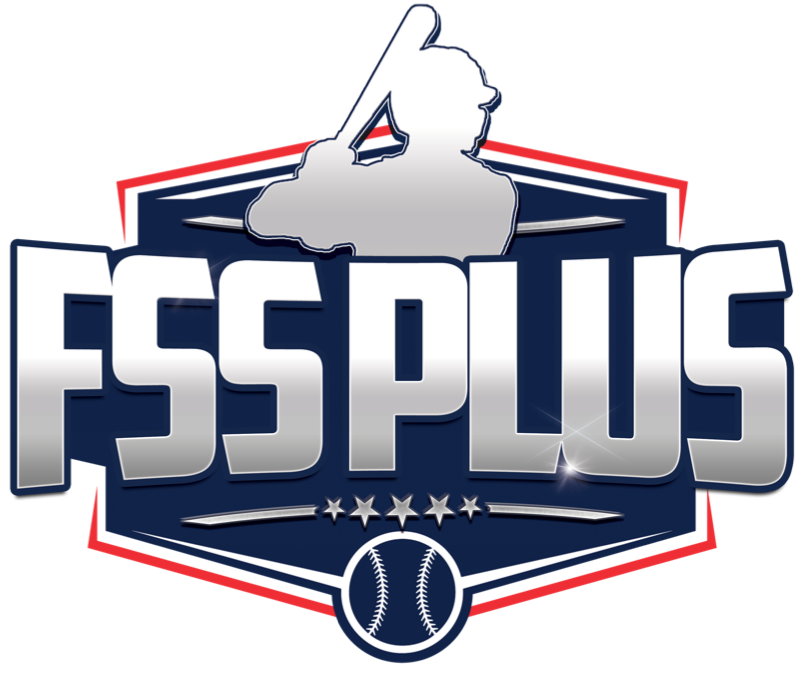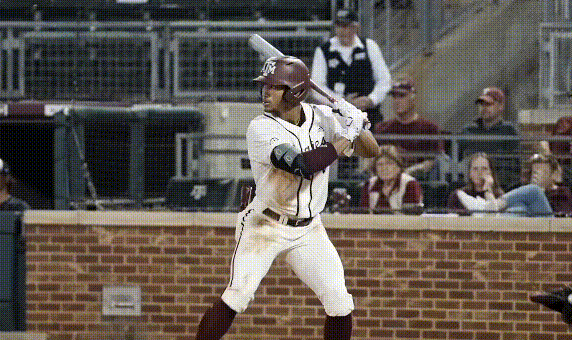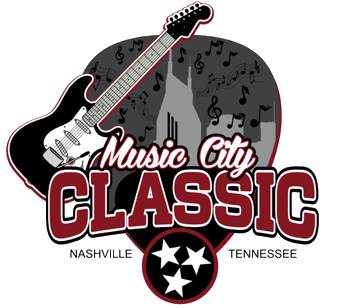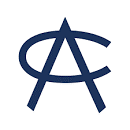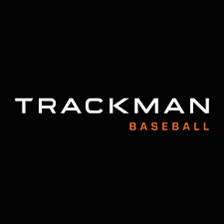Somewhere along the line, things changed. I’ve fought this for a long time, and it goes against my instincts even now. One of the most fundamental tenets of scouting is to keep your mouth shut on who you like and why.
Scouts speak in code, drawn from years of experience and mistakes in getting players right. That’s very much engrained in me, but now for the first time, I’m fighting that instinct and talking about the players before they’re selected in the draft.
My analysis and evaluation will be different than most in that it will come from experience, and view the player through the lens of selection and what it means to the club.
Moving forward, I’ll begin to break down the draft as I project it to unfold, but also as I would make selections as if I were forecasting future role and major league impact.
I’m starting with 12 players, in no projected order or ranking yet. This is merely an analysis of what we can expect — in my view — from each player at this stage of the evaluation process.
Braden Montgomery, OF — Texas A&M
HT: 6-2
WT: 220
2024: .325/.467/.759, 24 HR, 51 BB, 52 SO
I know this kid well. Very well. There are two things about players you’re always buying: the carrying tool(s), and the makeup. Montgomery has multiple ways to impact a game, and you won’t find a better person or worker with a background to match, at any level.
The game is pretty much complete. This is what they look like, as they say. He’s a 7 defender in right field with a future 8 arm, and the bat matches. It’s easy to see him in the middle of a lineup at .280, 30, and 100 for a long time. He’s earned first-pick consideration, even if he doesn’t end up there.
Sometimes players don’t trigger a comparison because they are the comparison for others. That’s the case with Montgomery. Want proof? Does anyone want a switch-hitting corner outfielder who can anchor a lineup, the defense, and a clubhouse with projection, and do that for a decade? Yeah, me too.
Slade Caldwell, CF — Valley View High School (Ark.)
HT/WT: 5-6/183
COLLEGE COMMITMENT: OleMiss
Lenny Dykstra with better off-field makeup. Does that paint the picture? That’s what comparisons do. He’s a spark plug type with extra-base power and the type of runner that gets faster with age.
Caldwell’s makeup is at the top of the scale, and he stays in center field, both in terms of ability and leadership. He’s never satisfied, either, as he’s always hunting for a game.
Caldwell is the type of player who makes your clubhouse better, and while he’s got plenty of room to develop and grow, the hunger to be a positive influence on everyone around him is infectious and evident. It’s easy to see him as a leadoff or 8-9 type hitter, turning the lineup over and creating havoc on the bags. A double is a triple, and a single can be a triple, too, once he masters stealing bases.
Impact player.
Jonathan Santucci, LHP — Duke
HT: 6-2
WT: 205
2024: 6-1, 3.54 ERA, 56 IP, 39 H, 34 BB, 86 SO
Left-handed pitching is always at a premium, especially when they have a track record of performance to match the eye test of stuff. Santucci is one of the more understated and cerebral arms you’re going to run across, and the approach to attacking hitters reflects that.
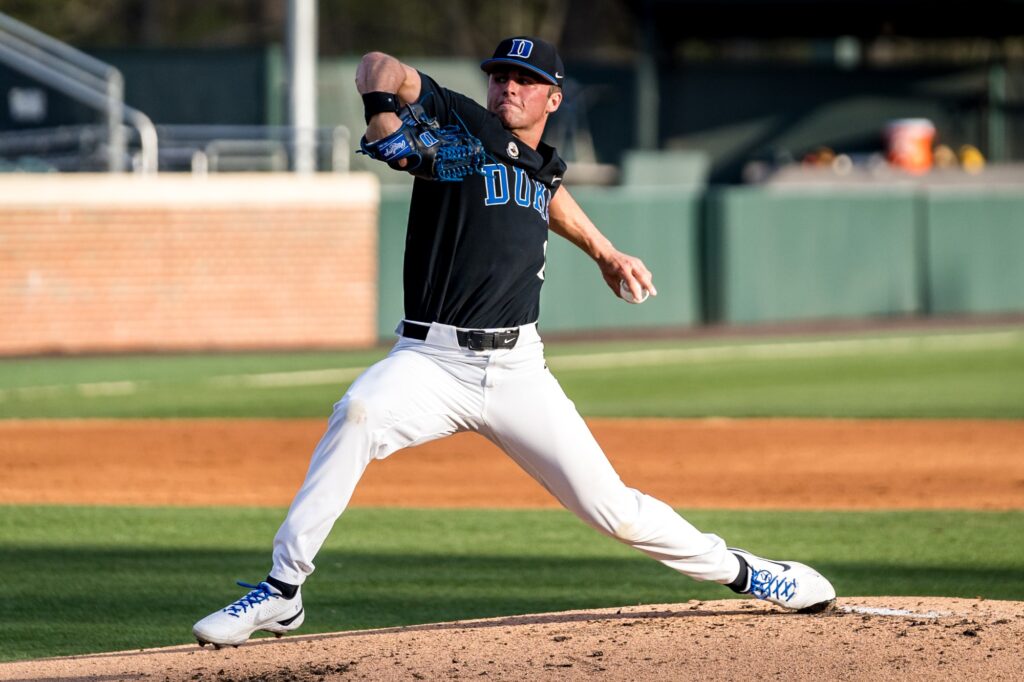
The fastball and slider are plus pitches, and the changeup has a chance to be a 70 before he’s done. It’s control over command here, and it remains to be seen if pro hitters will swing out of the zone like the college ones he faces today, but this kid is a big leaguer and will be a good one.
He projects to be a real-world No. 3 starter, but there is some bullpen risk with the command-control question.
Cam Caminiti, LHP — Saguaro High School (Ariz.)
HT: 6-2
WT: 205
COLLEGE COMMITMENT: LSU
Loose and live, Caminiti has the high-ceiling clubs look for in a high school arm. Add in left-handed, dominant, front-of-the-rotation stuff — and trained by one of the best pitching coaches in the country in Stephen Randolph — and you’ve got a winning starter kit that shouldn’t get past the first 20 picks.
Quality strikes need to improve, but outside of one supreme strike thrower in Alabama from next year’s class, that’s typical for high school arms.
Often, players go to college early, afraid of pro baseball, or hold back a year to dominate younger players in high school. Caminiti is the opposite.
Caminiti will need to attack his strength throughout his career and maintain the body life, but as that improves he’ll learn to repeat his delivery. Better strikes will follow, and he’s going to be positively nasty.
Konnor Griffin, OF — Jackson Prep (Miss.)
HT: 6-4
WT: 200
COLLEGE COMMITMENT: LSU
Perhaps one of the most tooled-out players in recent memory, Griffin is an interesting one for me for a few reasons. You can easily check the boxes with 7s for foot speed, arm strength, and raw power, and the defense projects plus in a corner. The question with him is the bat, and if he has the hitting gene or not.
Griffin is a good person: shy at first, engaging when you get to know him, and it’s ‘yes sir, no sir’ the whole way. The integrity matches the actions too, at least for me. Although he’s been a poster child of a couple of amateur groups, and anointed for years, he’s a high-risk, high-reward talent with little chance of being an average major leaguer. He’s either a star, or he’s not.
The track record of impact for high school bats from Mississippi isn’t great either, so whoever takes him is buying into the ability to hit enough to play a corner. If he’s a center fielder, it may be Drew Stubbs. If he’s a corner guy, he can be Jeff Francoeur. He can also just as easily be Bubba Starling. Either way, It’s fun to watch.
Theo Gillen, SS/2B — Westlake High School (Texas)
HT: 6-3
WT: 200
COLLEGE COMMITMENT: Texas
One of the better pure hitters in the class, Gillen has done nothing but perform against legitimate competition since he was 14. He can stay on the dirt and likely ends up at second base, but the bat is more than enough to carry him anywhere on the field.
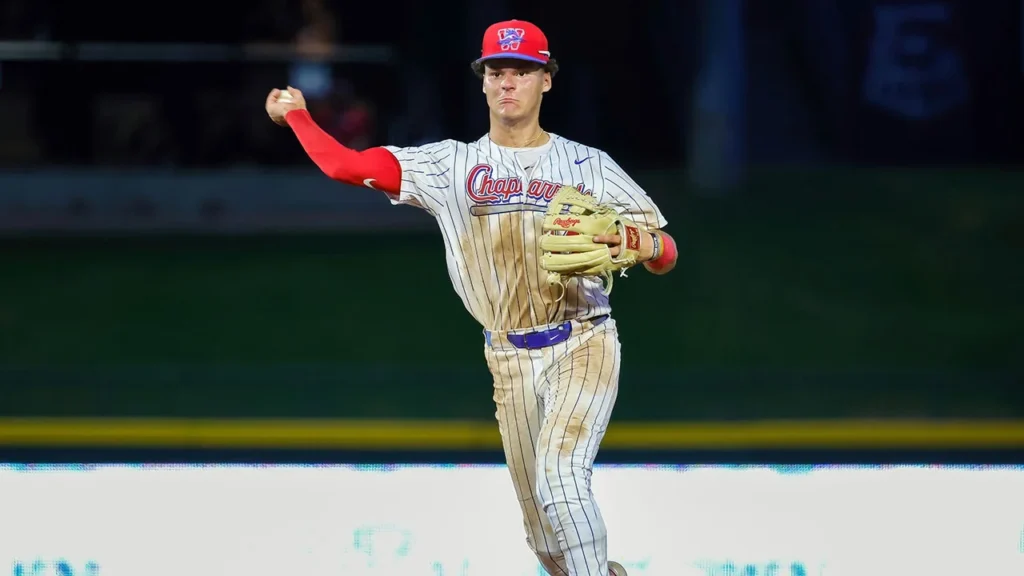
The scouting instinct will be to see if he can play center field as it might be an 8 runner, but I believe in leaving defenders where they are until they move themselves. This one is no different, although his baseball IQ is so advanced it may not matter where he plays as long as ‘left-handed hitter’ is in the job description.
Makeup and character go together here, which isn’t always the case. Gillen is unapologetic in who he is and it’s apparent, and it makes for a unique blend of game-changing, no-quit, always-hustle, winning elements clubs should work hard to acquire. I’d have no issue hanging my draft on this kid.
Nick Kurtz, 1B — Wake Forest
HT: 6-5
WT: 235
2024: .322/..538/.816,21 HR, 67 BB, 34SO
Taking a first baseman anywhere in the draft boils down to one thing: he has to hit, and a lot. Kurtz’s approach is all fields with a slight uphill approach at contact creating loft power to go with mature strength. He’s the type of hitter that some will want to rush through the system, but he’ll move without needing outside justification.
The flow in the box is Nick Johnson-ish, and that’s a better player than people remember. A 10-year big leaguer in the first round is just fine, and that’s the kind of player that comes to mind watching Kurtz hit.
Kurtz is better around the bag than he gets credit for, but will always have to work to keep his feet light and maintain his body. The ‘compete’ function is present in spades, so that box is checked.
Charlie Condon, OF — Georgia
HT: 6-6
WT: 216
2024: .454/.567/1.082, 34 HR,46 BB, 37 SO
One of the feel-good stories of the college season, Condon famously walked on at Georgia and turned himself into the likely No. 1 pick. Take that in for a second: in an age of commitment and scholarship obsession, he rejected other offers to walk on where he wanted to play and didn’t care what anyone thought.

Every club in the game is undoubtedly loving that about him because it shows a young player who will do whatever it takes to achieve his goals and doesn’t need anyone to shelter him while he does it.
The bat and ability speak for themselves, and the power is real. He’s a quick mover through the system but will need to master a few things at Triple-AAA as the jump to the big leagues has never been broader than it is right now.
Once he figures out big-league pitching, he’s going to hit for a long time. He’s .290, 30, and 100 for me. See Pat Burrell and Ryan Braun.
Next.
Travis Bazzana, 2B — Oregon State
HT: 6-0
WT: 199
2024: .424/.589/.972, 26 HR, 66 BB, 28 SO
Look up ‘winning player’ in the scouting dictionary, and you’ll find this kid’s picture. It’s the KISS method of scouting here: 7 hit, 55 power, 6 run … and who cares what else? He hits No. 2 in your lineup and has an innate ability to hit with about six different swings in the bag.
He can stay short to the ball and not get beat inside, stay above the ball and match plane up, lift the ball the other way, or open his swing to get the ball in the air. And, he can play the team game and execute.
Bazzana is a throwback on the field in how he plays. Not to 1980, but back a decade or two with the bounce in his step, and his confidence is evident. But he’s got enough humblebrag to show he respects the game. He’s his own comp, but if there’s a .330 hitter in the draft, he’s it.
Jac Caglianone, 1B/RHP — Florida
HT: 6-5
WT: 210
2024: .418/.529/.862, 28 HR, 38 BB, 18 SO
Let’s get this out of the way now: he’s not Shohei Ohtani. Right now after two Tommy John’s, Shohei Ohtani isn’t Shohei Ohtani. But, the fact we have to start that way is impressive.
In any situation where a player has a chance to do either, you send him out as a hitter. You can never make up the at-bats, but you can easily find the innings. This kid is a power bat that can hit, and if there’s a 40-homer bat in the class, Caglianone is the best bet.
There is some length to the approach but it plays, and he could end up being a Russell Branyan type who swings and misses but drives the baseball a lot. Analytics will love him and for good reason, but his calling card is driving the baseball, and thinking anything less is uncivilized.
Chase Burns, RHP — Wake Forest
HT: 6-4
WT: 215
2024: 8-1, 2.92 ERA, 64.2 IP, 34 H, 16 BB, 127 SO
When selecting at the top of the draft, you want to walk away with the best of something. This kid has the best raw fastball, for me, of anyone available. There’s some pen risk here as his head falls off his target and he employs a high slot, which likely limits his overall feel to execute, but the slider changes planes when he hits it.
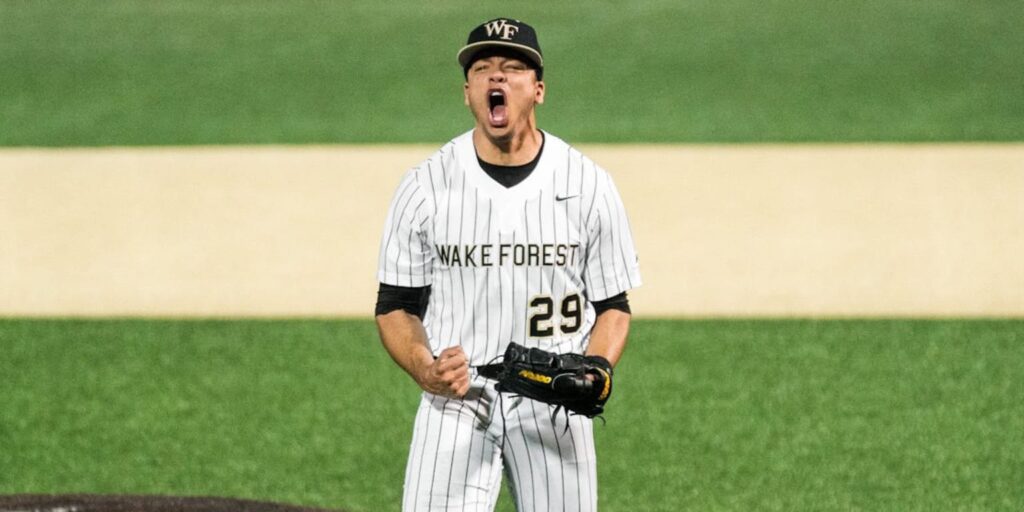
He’s also a high-burn intensity guy, which means everything is up-tempo, and physically taxing. There’s a little Justin Verlander in the landing and some Matt Anderson is the arm slot and stuff.
You send this guy out as a starter to build command and control, and convert quickly if it doesn’t work so he doesn’t add miles to an arm that’s already thrown a bunch over his amateur career.
Hagen Smith, LHP — Arkansas
HT: 6-3
WT: 224
2024: 9-0, 1.52 ERA, 77.0 IP, 35 H, 29 BB, 150 SO
Dominant performer. That’s the way to describe Smith, the best arm in the best conference in amateur baseball. The stuff is evident and he’s got a nasty breaking ball he can throw in any count.
Smith’s ability to pitch with his fastball is key, and the short arm in back hides it well. He stands up on his finish, creating some slot change and arm stress, so anyone who takes him has to monitor his workload each year.
You don’t get to Smith’s level of excellence without having the will to do it, so that’s not a concern. If there is an issue with Smith it’s forecasting his role, but he should be run out as a starter.
For me, he’s got a lot of Norm Charlton vibes and that plays fine.
MORE MLB DRAFT
- BOOTH: Scouting the Underclass Premier - September 19, 2025
- BOOTH: Scouting the Fresh 50 - September 19, 2025
- BOOTH: 6 Standouts at USA Baseball 40-Man Trials - August 24, 2025
